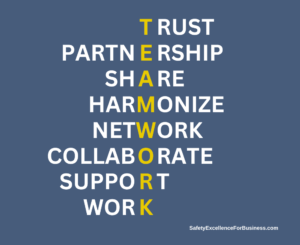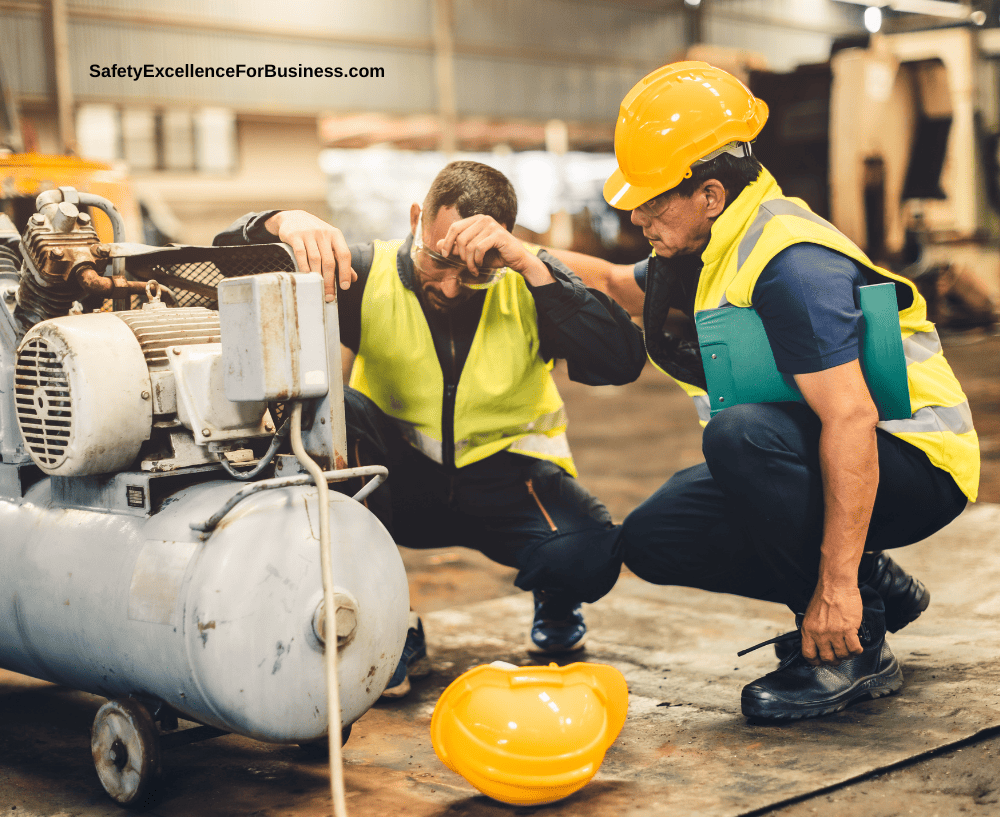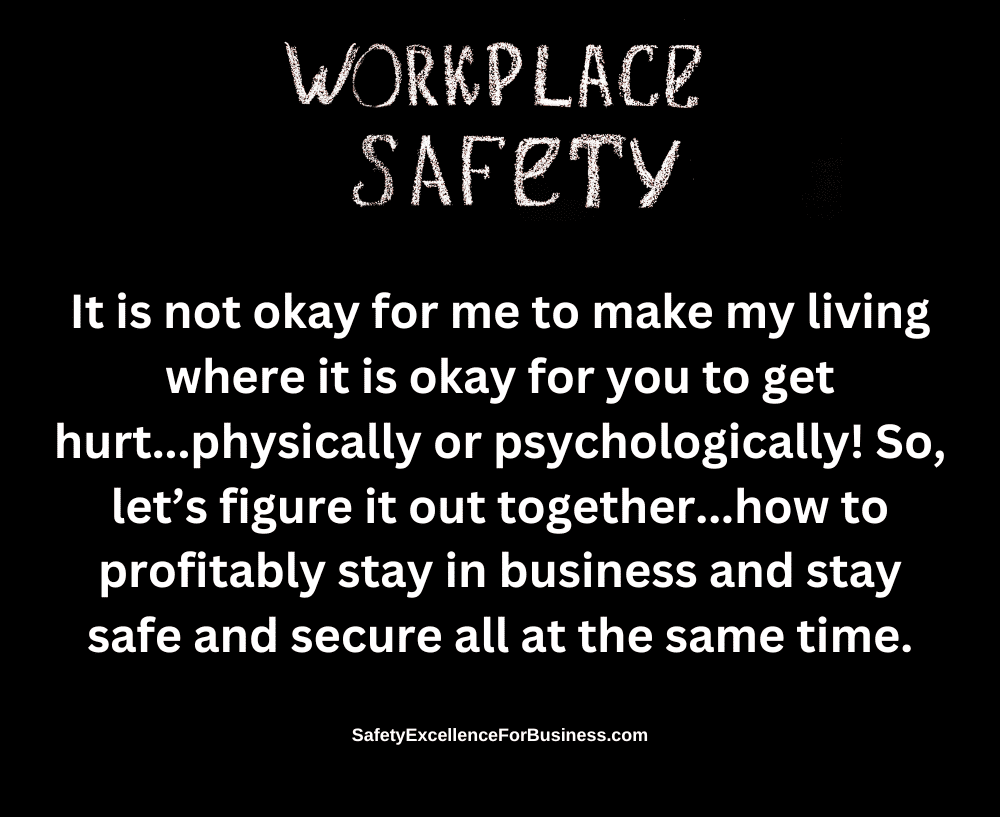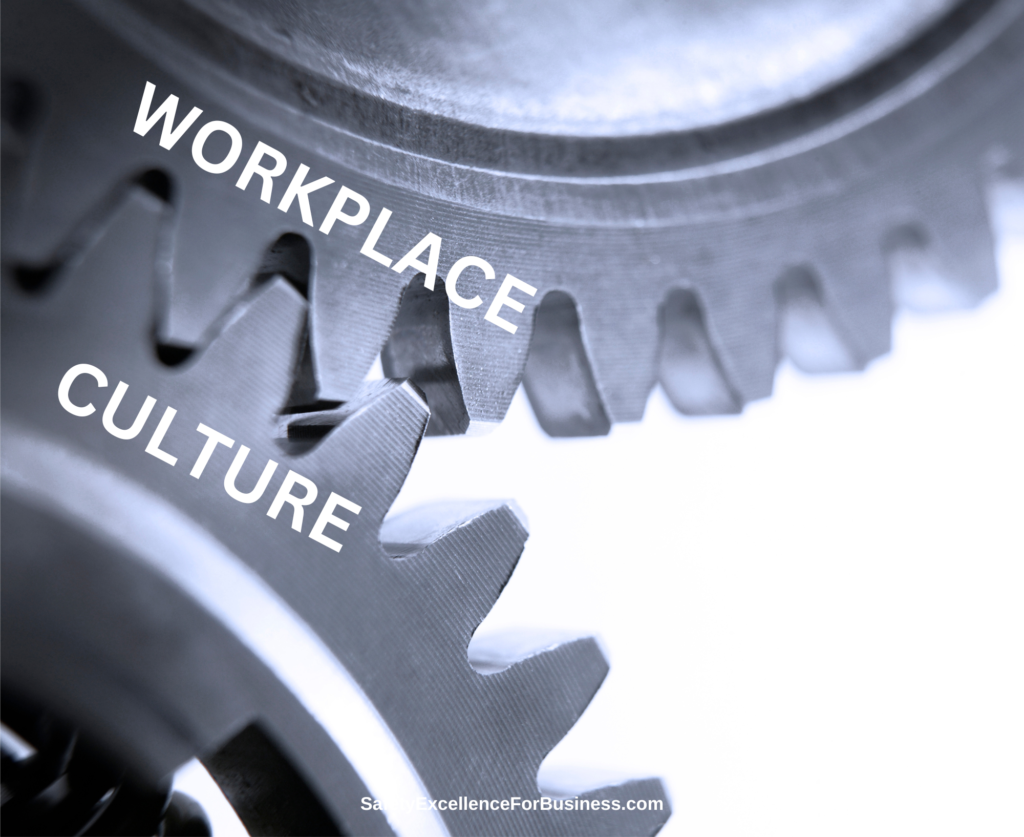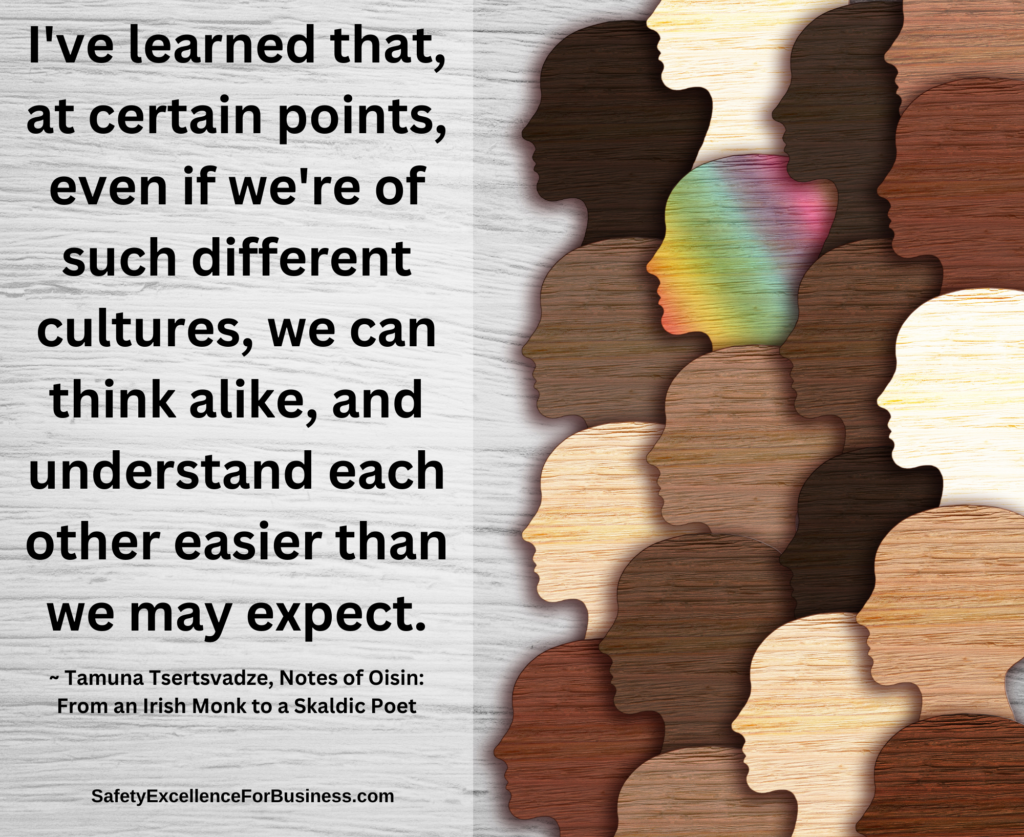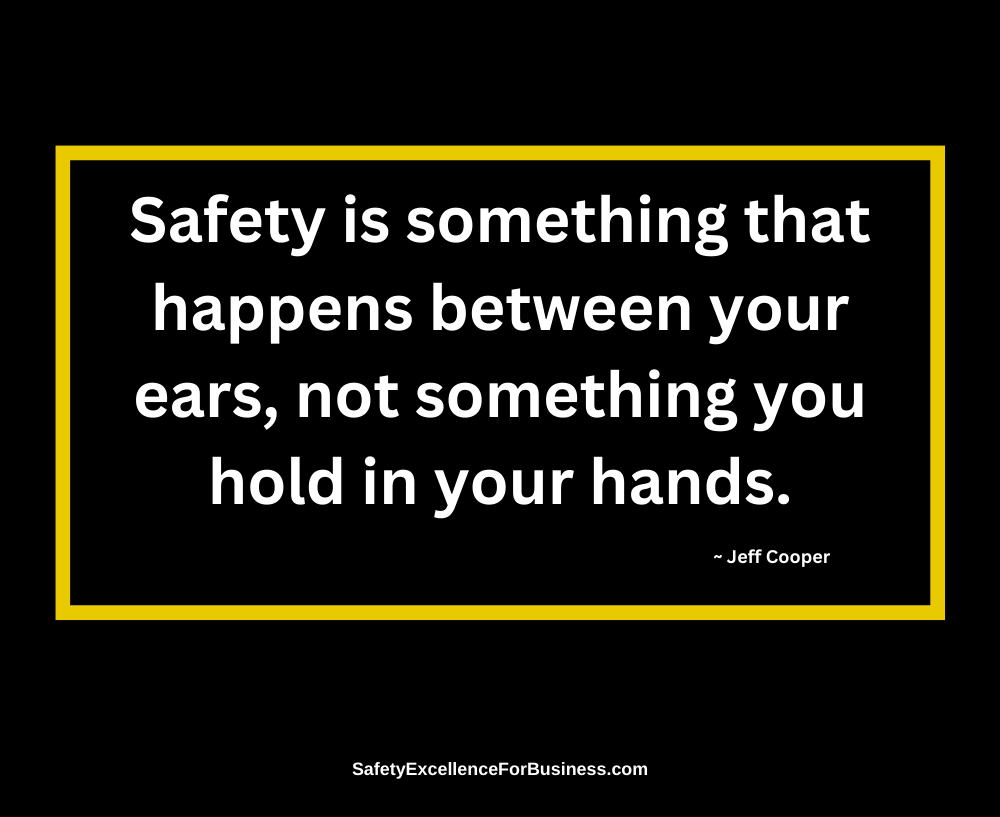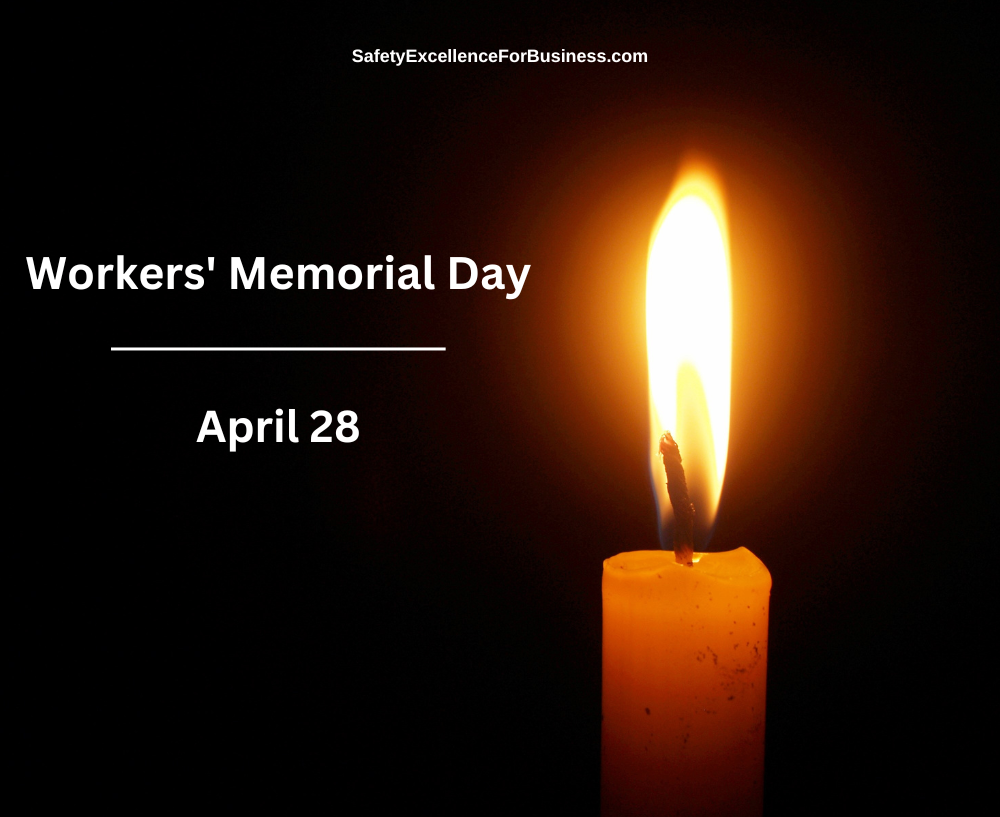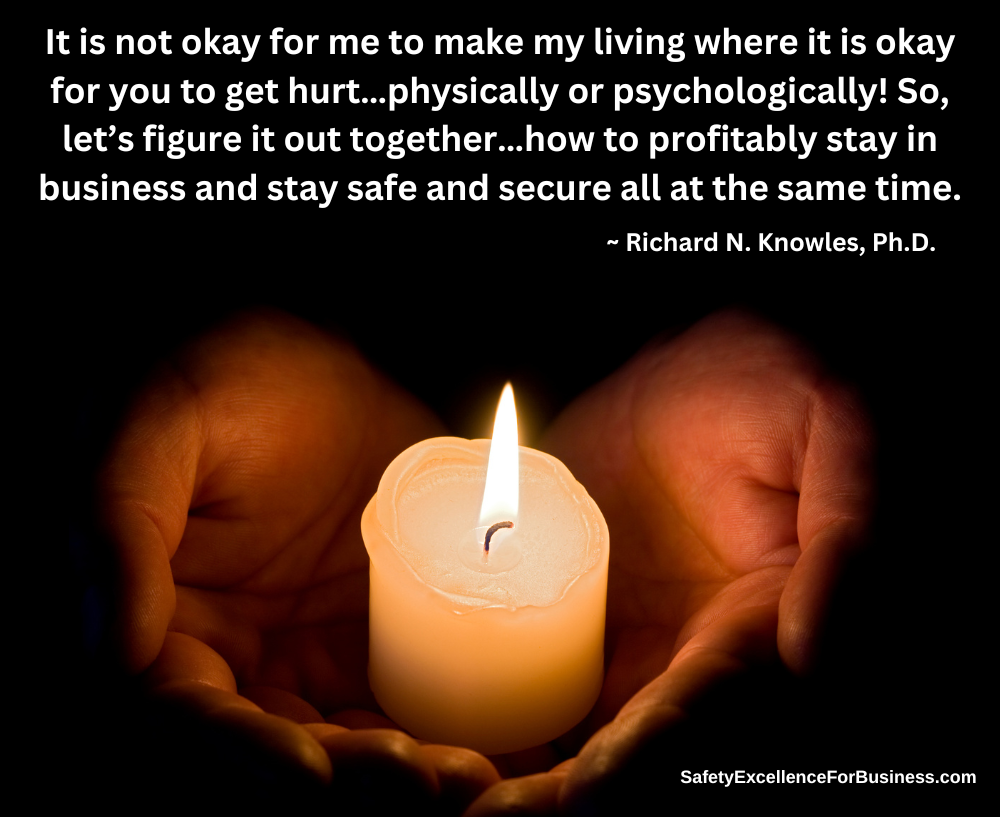Indifference… At a local event this past week, I asked a friend who is involved in safety work the question, why are people getting killed at work? He quickly came up with this answer.
“A lot fewer people are being killed than it used to be before OSHA. There has been a lot of progress. We must be at about the best we can do.“
Then the conversation moved off to the Olympics. He just brushed this off as no longer important.
But this is important to the approximately 5,200 families who have had someone in their family killed. This experience remains with the family forever. And this 5,200 total number is an every year statistic!
Those of you reading my newsletters know that I am constantly trying to help people reduce injuries and deaths by building Partner-Centered Leadership and sharing real case studies that have been published in Professional Safety. We can reduce the numbers of injuries and fatalities, and we shouldn’t just push this problem aside with indifference.
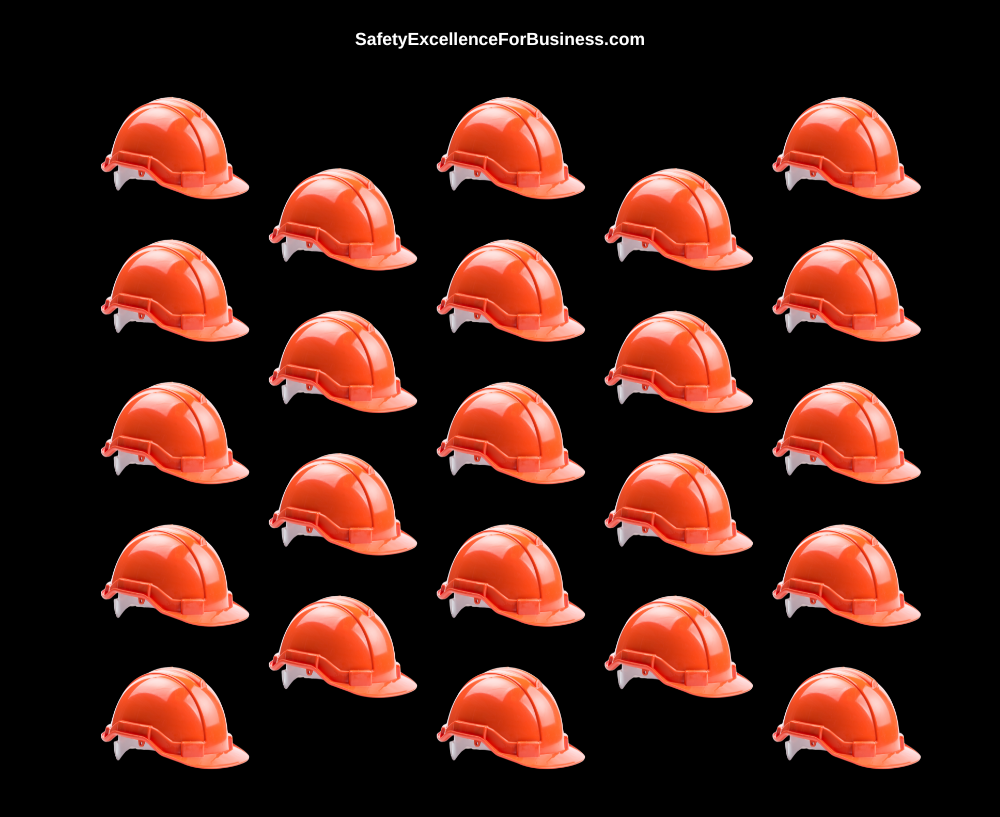
Leaders Lacking Insights About What Is Possible
At a recent graduation celebration gathering, I was talking with a family member who has a very responsible safety leadership job in a large company, about my efforts to have fewer people killed at work. We talked about Partner-Centered Leadership and having everyone involved, co-creating our shared futures and taking more responsibility for the whole business efforts, including safety.
I was asked, “How do you work this way across widely dispersed sites?” This is a challenge for sure. The way I see it, this effort has to begin with the CEO and the Leadership Team. They need to talk about Partner-Centered Leadership and walk the talk at every site visit so people can understand that they mean it. The top people need to personally engage the lower levels in learning to lead this way and insist that everyone is involved. The CEO and Leadership Team should do some of the training of the lower-level people.
If someone does not get on board, then some tough decisions need to be made. The message should be that this is the way the company is going to do business going forward. But equally important is helping everyone to see that going home to one’s family at the end of the workday with all one’s body parts intact – no injuries, no incidents, is the absolute answer to What’s in it for me?
My mantra when I was a plant manager was, “I don’t have a right to make my living where it is okay for you to get hurt!” Does anyone have this right? The methodology for success is to engage people – for supervision across the board, up and down the organization to learn how to ask process questions. When it comes to safety, leaders who are in denial, or pretending one “doesn’t know” just doesn’t cut it. Asking process questions can ensure accountability.
We then talked about why there was so much resistance to these ideas. Based on some hard systems thinking, I think that the whole US safety industry with all the training, audits, fines, blame, etc. is driven by FEAR! This idea can be startling. Examining safety from a systems perspective was a different idea – particularly noting that fear was a key driver.
The problem with a culture being driven by fear is that it is very difficult to learn and do new things. Just about everyone is concentrated on covering their backside rather than talking together in an environment that is safe enough to explore new ideas together. When we work together using Partner-Centered Leadership, we can open up the vast knowledge that is lying hidden in our organizations. When we treat people with respect, listen and learn together, amazing new ideas and possibilities bubble up.
Everything changes! Productivity goes up. Earnings go up, Safety improves. The culture becomes one where almost everyone is learning, growing, taking more responsibility and producing great results. New possibilities emerge which often lead to much better earnings.
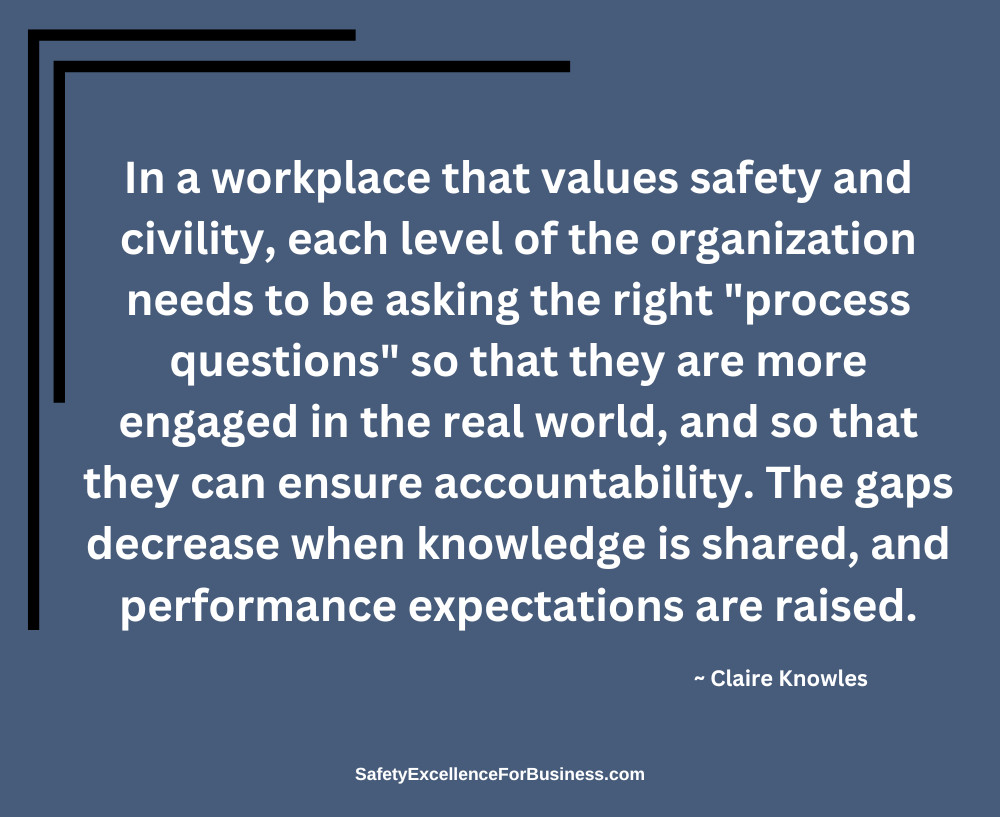
Partner-Centered Leadership
When the CEO and the Leadership Team learn what is possible and how to work this way with authenticity and caring, this can spread throughout their organization and achieve significantly better results. It takes some effort and dedication, but there is no need for new capital investment. In a sense, Partner-Centered Leadership is free!
